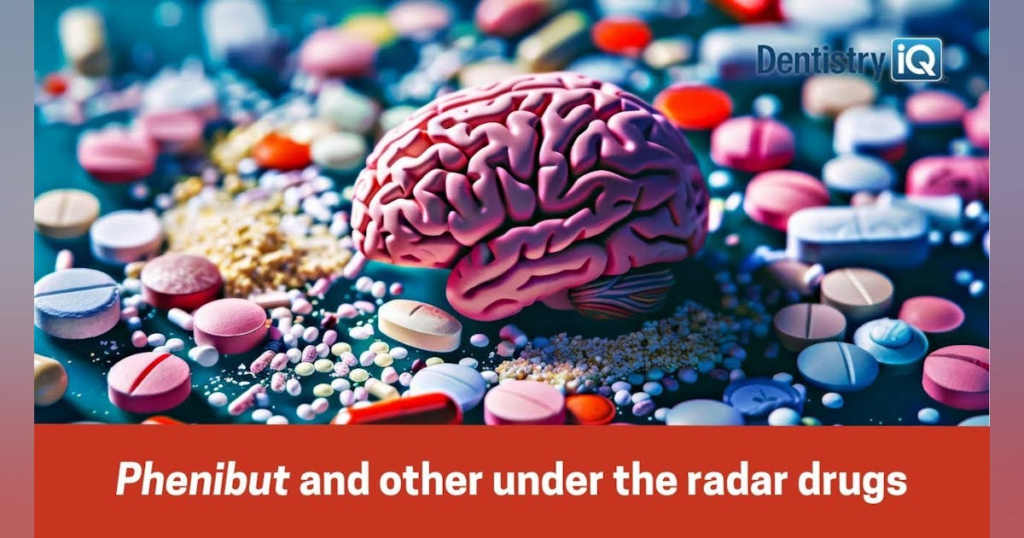We’ve talked a lot about gabapentin over the years—its uses, misuses, and what it could eventually lead to. But there’s a new kid on the block—phenibut (beta-phenyl-gamma-aminobutyric acid).
Phenibut is a neuropsychotropic drug discovered and introduced into clinical practice in Russia in the 1960s. It is not legal in the US because it was never considered worthy of the FDA’s consideration. However, since the US has the largest market for illicit drugs, phenibut is here to contend with. Phenibut has anxiolytic activity with neurotropic effects, which means it enhances cognition and produces a euphoric effect.
In this episode of Medical History Mysteries, we’ll talk about drugs that fly under the radar—such as phenibut, nitazenes, tianeptine (gas station heroin), and others—and how they can affect your patients and ultimately their dental care.
Thumbnail background image credit: AndreyPopov / iStock / Getty Images Plus
More Medical History Mysteries videos …
The Dental Economics Network brings you the best content from Dental Economics, RDH, DentistryIQ, and Perio-Implant Advisory.
Editor’s note: This article first appeared in Clinical Insights newsletter, a publication of the Endeavor Business Media Dental Group. Read more articles and subscribe.


